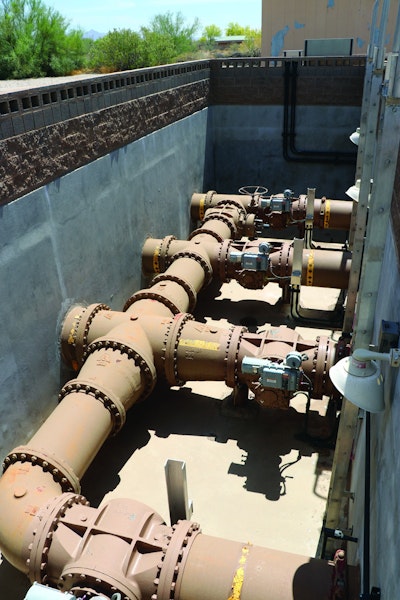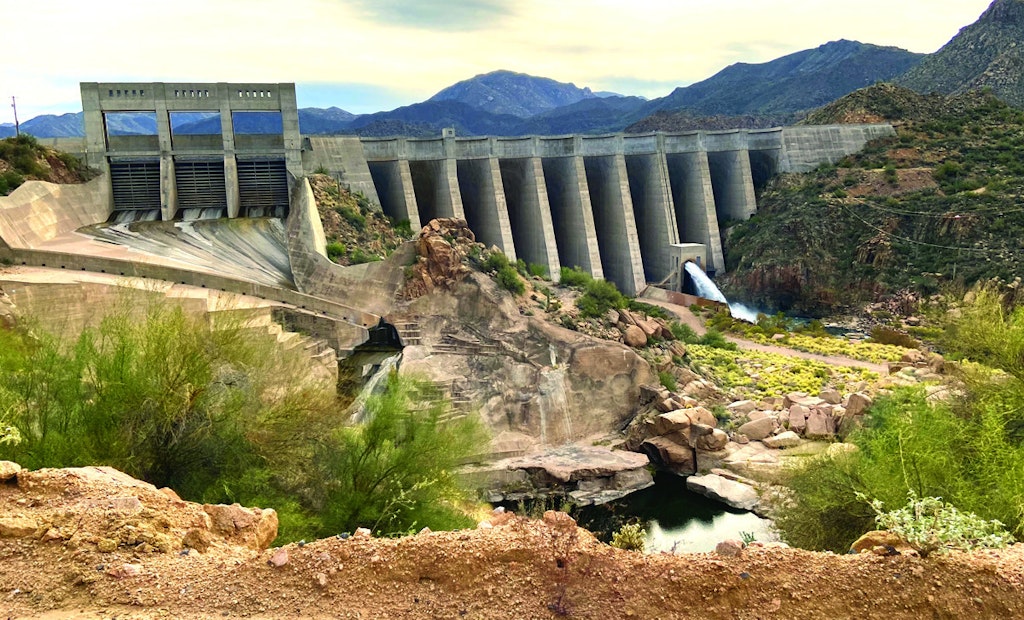For years, proposals have been floated for what some might consider the Holy Grail of the water industry, especially in drought-stricken regions: converting wastewater into high-quality drinking water.
But if everything goes according to plan — albeit on a small scale initially —...








